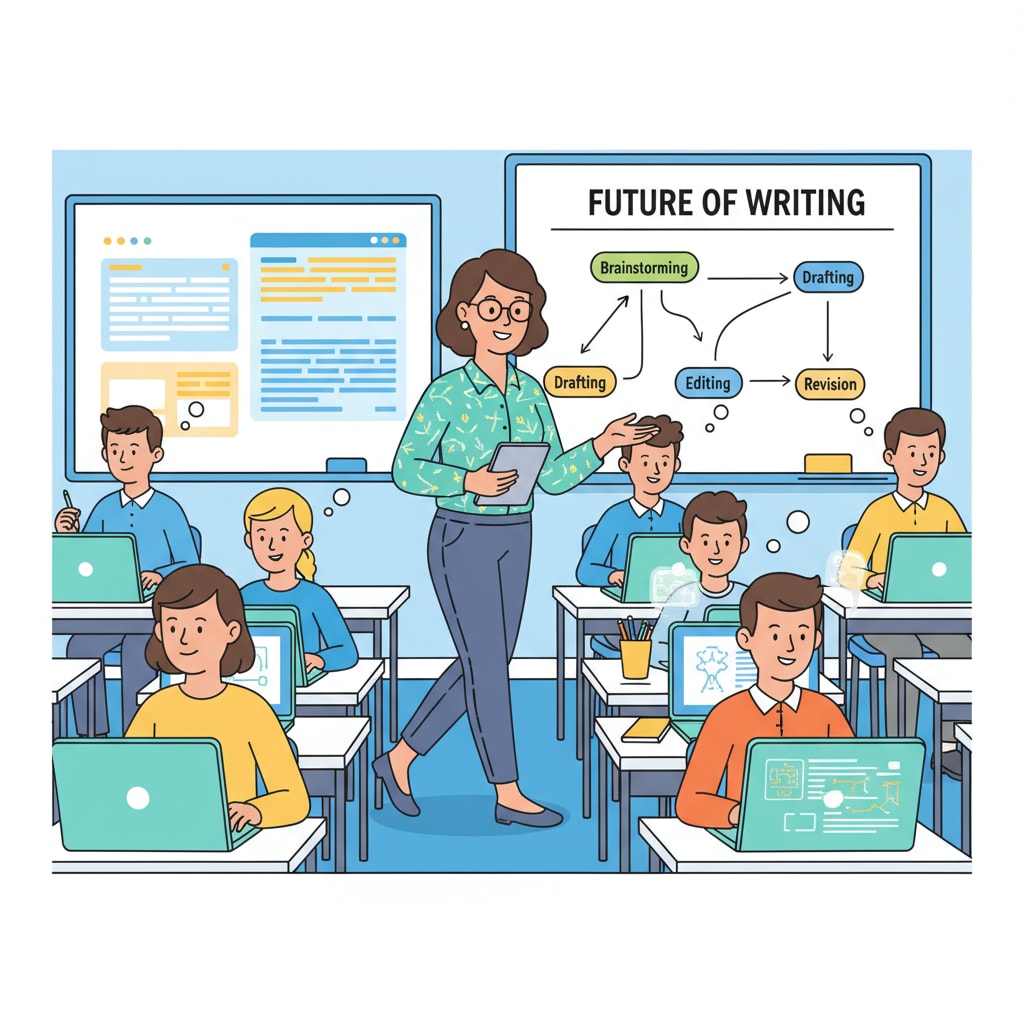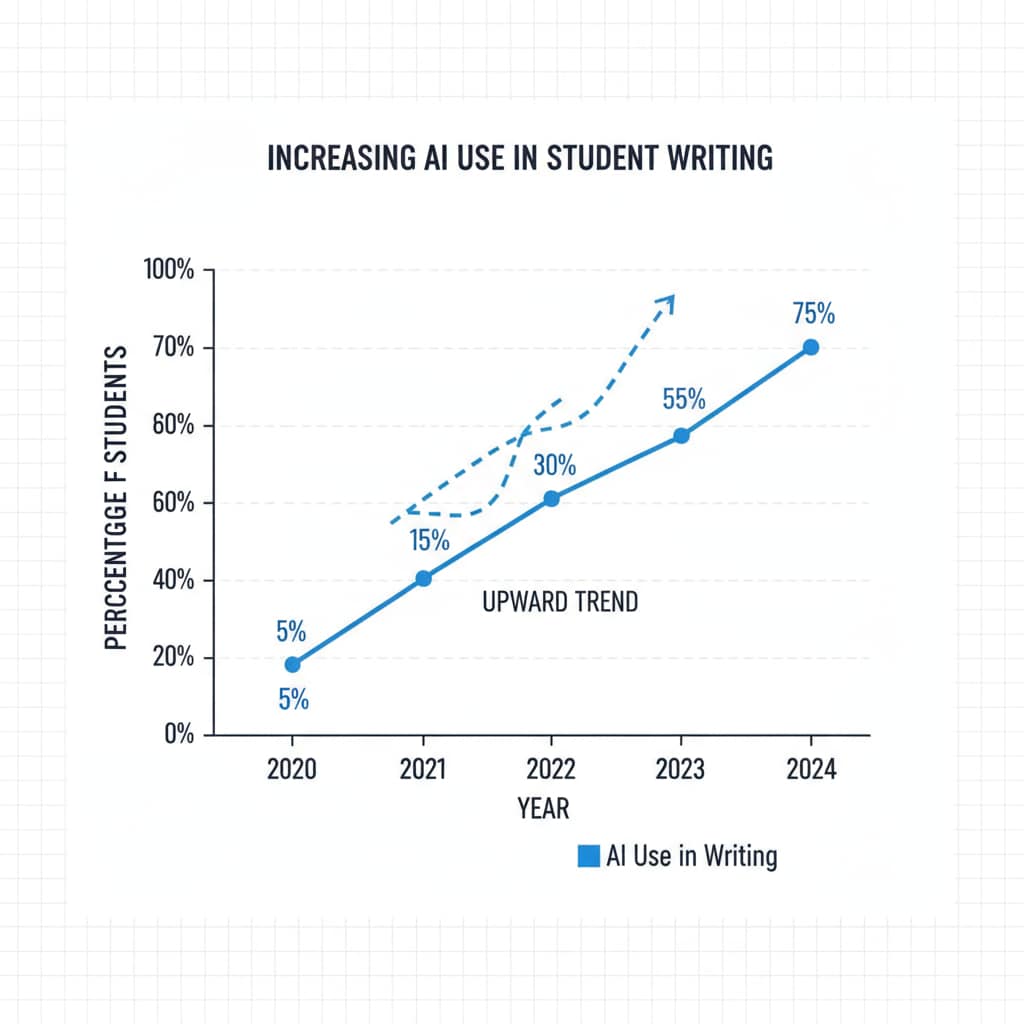AI detection, writing instruction, and the transformation of student writing are at the forefront of educational discussions in the current AI-driven era. The advent of AI technology has brought about a seismic shift in the landscape of writing education. As AI tools become more sophisticated, they are capable of generating high-quality written content, which has raised concerns among educators about academic integrity and the authenticity of student work. However, rather than simply viewing AI as a threat, we should see it as an opportunity to revolutionize writing instruction.

The Challenge of AI in Writing Instruction
The widespread use of AI in writing has presented a significant challenge to traditional writing instruction. One of the main issues is the difficulty in detecting whether a piece of writing is generated by a student or an AI tool. Many AI-generated texts can be nearly indistinguishable from those written by humans, making it hard for educators to ensure the authenticity of student work. For example, some students may be tempted to use AI to complete their writing assignments, bypassing the learning process. This not only undermines the purpose of writing instruction but also fails to develop students’ critical thinking and writing skills.

Adapting Writing Instruction in the AI Era
Instead of focusing solely on detecting and punishing AI use, educators should focus on adapting writing instruction to the new reality. This involves redefining the goals of writing instruction. Instead of just producing error-free texts, students should be encouraged to develop their unique voices, creativity, and critical thinking through writing. Educators can incorporate AI tools into the writing process as aids. For instance, AI can be used for grammar and spelling checks, providing writing suggestions, and even helping students organize their ideas. By integrating AI in this way, students can learn to use technology as a tool to enhance their writing skills, rather than relying on it to do the work for them.
Moreover, educators need to teach students about the ethical use of AI in writing. This includes understanding when and how to use AI tools appropriately, and the importance of giving credit when using AI-generated content as a reference. By educating students on these aspects, we can help them develop a responsible attitude towards technology and writing.
Readability guidance: In this article, we’ve explored the challenges and opportunities of AI in writing instruction. By adapting our teaching methods, we can guide the transformation of student writing. Remember to use AI as a tool for learning, not a shortcut. Transition words like “however,” “instead,” and “moreover” help to make the flow of ideas smoother.


